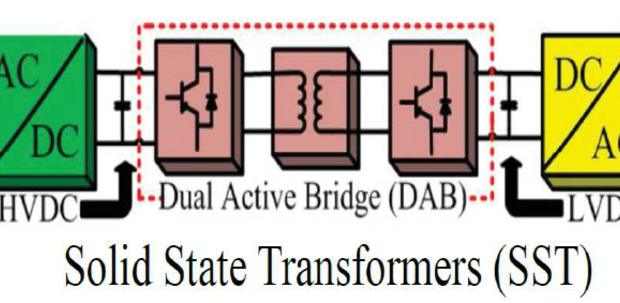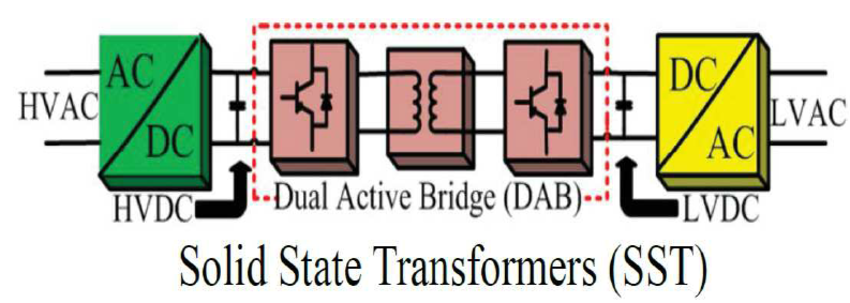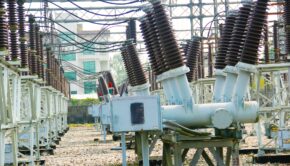Exploring Powerful Possibilities with the Solid-State Transformers in Market
The solid-state transformers (SST) market expected to reach net worth of $247.0 million by 2020. As estimated by expert analysts the industry will exhibit a CAGR of 46.6% during 2016–2020. The solid-state transformers, or smart transformers, constitute of advanced semiconductor components, control circuit, and the traditional copper- and iron-based transformers. The combined functional efficacy of these elements enables the delivery of enhanced power quality. The improvised solid-state switching techniques accommodate the varied power conversion needs of different system modules. The intense research and development in this field has led to innovative developments that open fresh opportunities for the industry.
Empowering electric vehicles
Electrical utilities see the pertinent advancements in solid-state transformer market as a great opportunity to expand their functional operations and its quality. Its application in variable frequency drives (VFDs) for large-size motors is going to augment the consumption across diversified vertical industries. This specifically implies for the use of VFD in electric vehicles (EVs) and hybrid electric vehicles (HEVs). The growing market for EVs and HEVs brings huge prospects of high demand volumes for the solid-state transformers market. Their low response to changing ambient temperatures is another reason that makes it popular among sundry industry applications.
Bringing DC back to MV transmission
The previous limitations of making direct current (DC) transmission useful for an array of medium voltage or high voltage applications can be overcome conveniently with the use of solid-state transformers. This mainly includes the complications faced in DC feeder interruptions during the occurrence of a fault. For a long time, it has kept the possibility of DC being used for medium voltage transmission at bay. With SSTs, both power generation as well as its control can be managed with great precision, thus eliminating the occurrence of faults altogether.
Integrating renewable sources to main grids
With the depletion of the present global energy resources, the industry players have begun looking for alternative sources to fuel their power plants. They have been even successful in most of their ventures so far. However, the dynamic nature of the power output from the renewable source grids, such as wind turbines and solar panels, inhibit their direct integration into the main power grids. This is where the low voltage DC links made available by the solid-state transformers come into play.
Electronic converters can be employed across the DC link to regulate the power flow to the demand side during peak hours. When the demand drops, the excess power is fed back to the grid. Advanced control over the power surges and supply not only improves the protection for grid-side and demand-side equipment, but it also ensures an overall low power loss. The solid-state transformers have the potential to replace larger transformers and complicated switching circuitry in certain grid equipment. Thus, the equipment manufacturers can deliver designs that are compact and more efficient.
The economized singular solution
The baseline for the solid-state transformer market growth so far has been the rise in environmental concerns. It is the one fact that facilitated the entry of EVs and HEVs. While the power utilities were still struggling with the hike in consumer demand and its inability to fulfill the same, renewable energy power grids made its way into the mainframe. The efforts to support the growing network of power grids and the end-use categories put forth multiple issues for the power industry. At present, the employment of solid-state transformers has promising solutions for these current, as well as future issues.
















